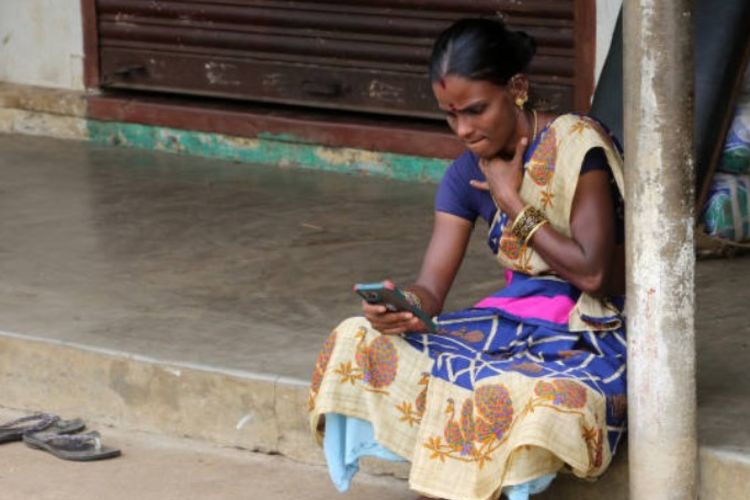
India has made significant strides in financial inclusion in recent years. The biggest challenge to further progress on this front is the ongoing efforts to secure the financial system. Reserve Bank of India Governor Sanjay Malhotra said last week that customer rights and convenience are paramount to the system, and safety regulations should not create unintended barriers. There is a need to strike a balance between security and inclusion.
As India seeks to strengthen its financial security framework by addressing money laundering, terror financing, and digital fraud, it is important that the steps do not stifle innovation or impede ongoing efforts to make the system more and more inclusive.
READ | Delimitation debate risks deepening India’s regional fault lines
Improving financial access
Financial inclusion means ensuring that all citizens, especially marginalised groups like women, and businesses have access to essential financial services like banking, credit, and insurance. Financial inclusion is a pre-requisite for the socio-economic development of a country.
Over the last 10 years, India made remarkable progress in financial inclusion through ambitious government initiatives and technological advancements. The Pradhan Mantri Jan Dhan Yojana (PMJDY) was launched in 2014 to bring the unbanked people into the formal financial system by providing zero-balance bank accounts, debit cards, and other essential services. According to the latest figures, more than 55 crore beneficiaries have been integrated into the banking system through this scheme.
The expansion of banking services through business correspondents has also been critical in reaching remote and rural areas where bank branches are impractical. BCs offer basic services such as deposits and withdrawals, effectively bridging the gap between financial institutions and underserved communities.
The Unified Payments Interface (UPI) has revolutionised digital transactions, making payments faster, more affordable, and accessible for users with basic smartphones. Microfinance institutions have also played a pivotal role in extending credit to small entrepreneurs and rural households, supporting livelihoods and spurring economic activity.
The RBI Governor said that sustained efforts have led to an impressive 94% of the Indian adult population holding bank accounts, with many possessing multiple accounts. However, he cautioned that India must continue to deepen and broaden its financial inclusion efforts. He also stressed the importance of implementing the next phase of the G20 roadmap for inclusive cross-border payments by 2027 to make international transactions easier and more cost-effective.
Overcoming digital and regulatory challenges
One of the biggest challenges in the drive for financial inclusion is the digital divide. Despite the growth in digital financial services, many rural citizens still lack access to smartphones, reliable internet, or the necessary skills to use these tools effectively. Furthermore, financial literacy remains a significant issue, with many individuals in underserved areas either unaware of or distrustful toward formal financial institutions.
While schemes like PMJDY have led to opening of millions of accounts, a substantial number of them remain inactive or underutilised. Ensuring that these accounts are used for their intended purpose must be a priority of the government.
Small businesses, farmers, and entrepreneurs struggle to access affordable credit. Despite various government schemes, issues such as high interest rates, collateral requirements, and bureaucratic hurdles persist, limiting growth and productivity.
Governor Malhotra also highlighted the need to refine the Know Your Customer process. While KYC has been a successful tool, the system must become more robust, effective, and efficient. This would help eliminate redundant KYC procedures and simplify the process for both customers and regulated entities.
Another significant gap is within the regulatory system. Multiple laws, especially those related to anti-money laundering and terror financing, place a heavy compliance burden on financial service providers. These regulations can unintentionally exclude honest individuals and small businesses from accessing financial services.
Governor Malhotra called for a risk-based approach that targets illicit activities while easing requirements for low-risk customers. He advocated integrating advanced technologies such as artificial intelligence and machine learning towards this end. Strengthening coordination among regulated entities, policymakers, and technology providers can optimise initiatives such as digital KYC and UPI, ensuring standardised processes and more efficient compliance. Continuous refinement of AML/CFT frameworks, supported by high-quality data and evolving technologies, will further enhance the system’s ability to detect and pre-empt suspicious activities.
India has done excellent work to improve financial inclusion. The next step is to address existing inefficiencies and refine the regulatory framework, making financial services more accessible and equitable for all citizens.
